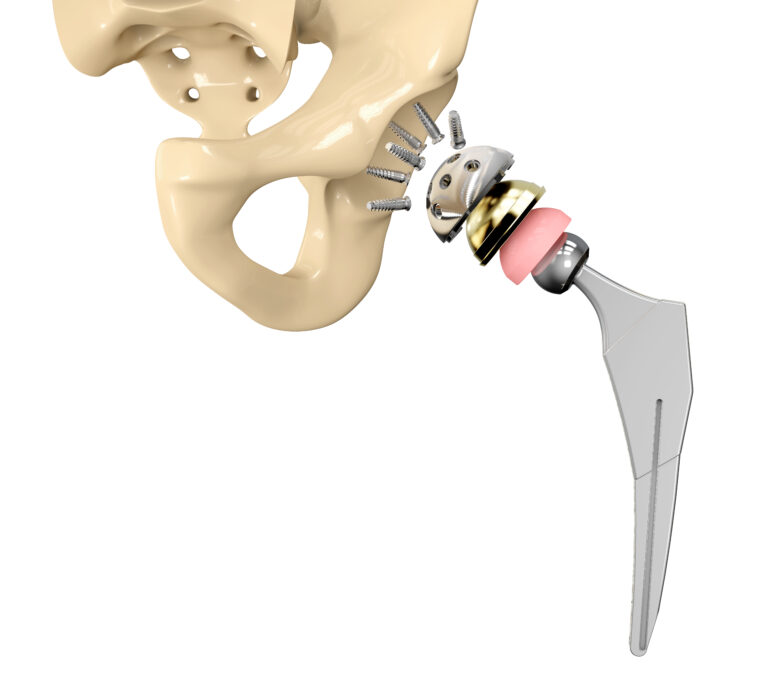
Introduction
Orthopedic pain can be debilitating, affecting the mobility and quality of life for millions of people. While traditional pain management techniques, such as medications and physical therapy, remain essential, innovative approaches are now transforming how pain is treated in orthopedic patients. These advanced methods focus on reducing discomfort, accelerating healing, and improving long-term outcomes, allowing patients to regain mobility and live more active, pain-free lives.
Overview
Innovative pain management strategies in orthopaedics’ are expanding the range of options available to patients beyond traditional methods. These approaches include advanced biological treatments, minimally invasive techniques, and cutting-edge technology-driven therapies. The goal is not only to manage pain effectively but also to address the root causes of pain, promote healing, and prevent long-term damage.
Innovative Approaches to Pain Management
- Regenerative Medicine:
- Platelet-Rich Plasma (PRP) Therapy: PRP therapy uses a patient’s own blood, which is processed to concentrate platelets that contain growth factors. These platelets are then injected into the affected area to promote healing and reduce inflammation, commonly used in tendon and ligament injuries, osteoarthritis, and muscle strains.
- Stem Cell Therapy: Stem cells are harvested from the patient’s own body (often from bone marrow or fat tissue) and injected into damaged tissues to promote regeneration. This therapy is particularly beneficial for joint cartilage repair, tendon injuries, and chronic degenerative conditions like arthritis.
- Minimally Invasive Surgeries:
- Endoscopic Surgery: With the use of small incisions and advanced imaging, endoscopic surgery allows for the repair of orthopedic issues, such as herniated discs or torn ligaments, with minimal disruption to surrounding tissues. This reduces recovery time, pain, and scarring.
- Robotic-Assisted Surgery: Robotic systems in orthopedic surgeries enable surgeons to perform precise, minimally invasive procedures with enhanced accuracy. This technique is especially beneficial in joint replacement surgeries, reducing post-operative pain and recovery time.
- Interventional Pain Management:
- Corticosteroid Injections: These injections are used to treat inflammation and provide temporary relief from conditions like arthritis, tendonitis, and bursitis. Injections are often used in conjunction with physical therapy to restore function and mobility.
- Nerve Blocks: Targeted nerve blocks help to control pain by interrupting the transmission of pain signals. These are typically used in cases of severe pain, such as that caused by spinal conditions or chronic nerve damage.
- Spinal Cord Stimulation: Spinal cord stimulators are implanted devices that send electrical impulses to the spinal cord to block pain signals. This treatment is often used for patients with chronic pain that has not responded to other treatments.
- Cry neurolysis and Cryotherapy:
- Cry neurolysis: This technique involves the use of extremely cold temperatures to target and freeze specific nerve fibers responsible for transmitting pain. It is particularly useful in managing chronic pain from joint conditions or nerve compression.
- Cryotherapy: Whole-body cryotherapy or localized cryotherapy can be used to reduce inflammation, swelling, and pain, promoting faster recovery from injuries or surgeries.
- Virtual Reality (VR) Pain Management:
- VR is emerging as a novel tool in pain management by helping to distract the brain and reduce pain perception. It has shown promise in managing pain during recovery from orthopedic surgeries or chronic pain conditions, such as back pain, by engaging the patient’s senses and diverting attention from discomfort.
- Laser Therapy (Low-Level Laser Therapy – LLLT):
Low-level lasers are used to stimulate healing and reduce inflammation in soft tissues. This non-invasive treatment has shown promise in reducing pain from conditions like tendonitis, ligament injuries, and muscle strains by promoting cellular repair and improving circulation.
Potential Risks and Complications
- Regenerative Medicine Risks:
While PRP and stem cell therapies are promising, they are still relatively new, and long-term outcomes are still being studied. There may also be risks related to the injection process, such as infection or an allergic reaction. - Surgical Risks:
Even minimally invasive or robotic-assisted surgeries carry risks such as infection, nerve damage, bleeding, or complications from anesthesia. Not all patients may be candidates for these procedures, depending on their overall health and the severity of their condition. - Side Effects from Injections or Stimulation:
Corticosteroid injections may cause joint deterioration with overuse, while spinal cord stimulators can lead to complications like infection or device malfunction. Additionally, nerve blocks may result in temporary numbness or motor impairment.
Understanding the Recovery Process
The recovery process after innovative pain management treatments can vary. For example, regenerative treatments like PRP therapy may require several weeks to months to show full benefits, while minimally invasive surgeries generally offer faster recovery times compared to traditional surgeries. Interventional treatments like nerve blocks and spinal cord stimulation typically provide quick pain relief, but patients may need ongoing physical therapy and rehabilitation for optimal recovery.
Key Takeaway
Innovative approaches to pain management in orthopedics are revolutionizing the way pain is treated, offering patients more effective and less invasive options. From regenerative therapies to advanced surgical techniques and cutting-edge technologies, these advancements are aimed at not only managing pain but also enhancing recovery and improving long-term mobility and function. By combining personalized care with the latest innovations, orthopedic pain management is paving the way for improved patient outcomes and a better quality of life.
Disclaimer
This overview is for informational purposes only and should not be a substitute for professional medical advice. Always consult a healthcare provider to discuss treatment options suited to your individual needs and condition.


